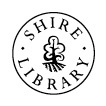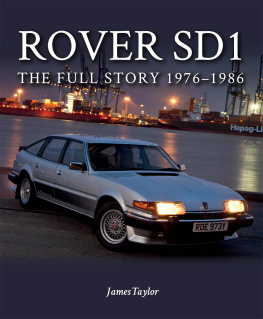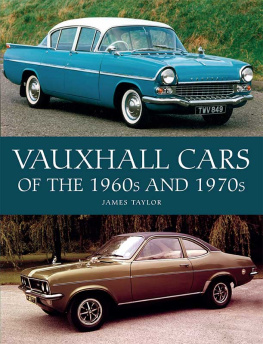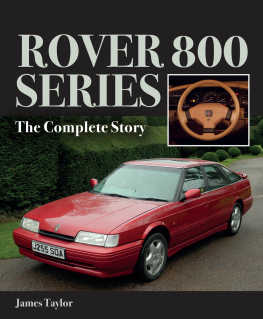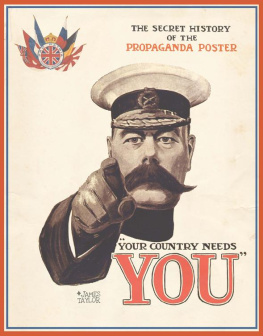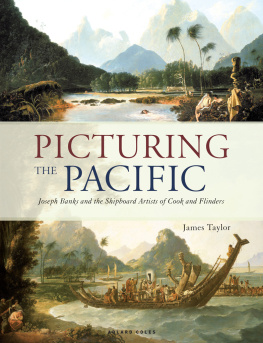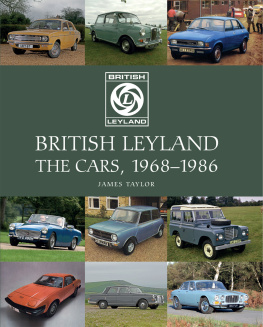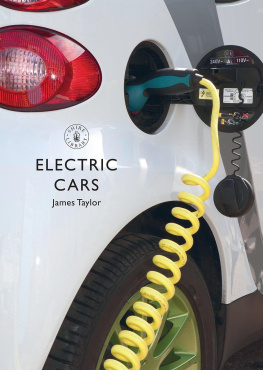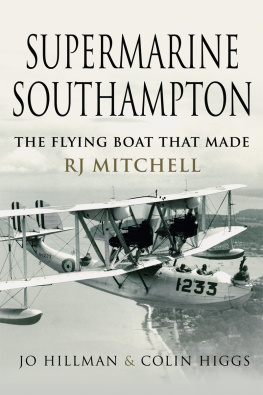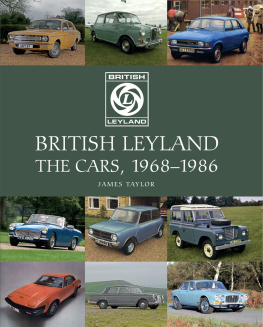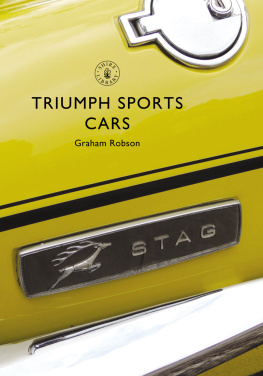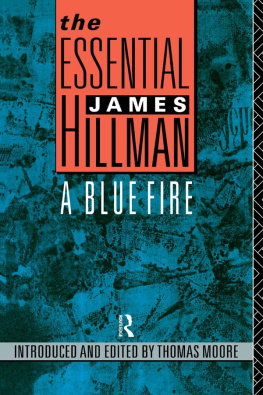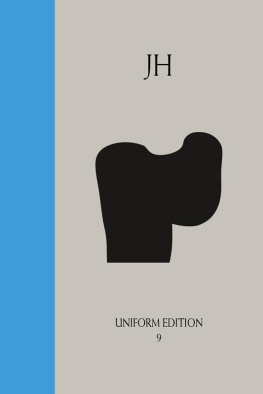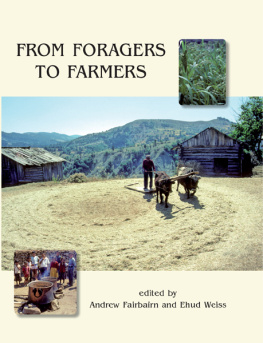HILLMANS EARLY DAYS
W illiam Hillman was already sixty years old by the time he started making cars in 1907. He was also a very wealthy man, having made a considerable fortune in the bicycle business during its boom years at the end of the nineteenth century. Born in Stratford, which was then in Essex but is now in east London, he had initially been apprenticed to a marine engineer called James Penn in Greenwich.
Penn had engaged a young man called James Starley as a gardener, but Starley had quickly demonstrated an affinity with mechanical devices. He had also become good friends with William Hillman, and the two of them had decided to move to the Midlands to find work in the burgeoning light engineering industry. Both joined the Coventry Sewing Machine Company, but it was not long before they turned their hands to a new product a bicycle whose design they based on a velocipede imported from France. The company thus became the first British bicycle manufacturer and was able to ride the wave of a new interest in cycling.
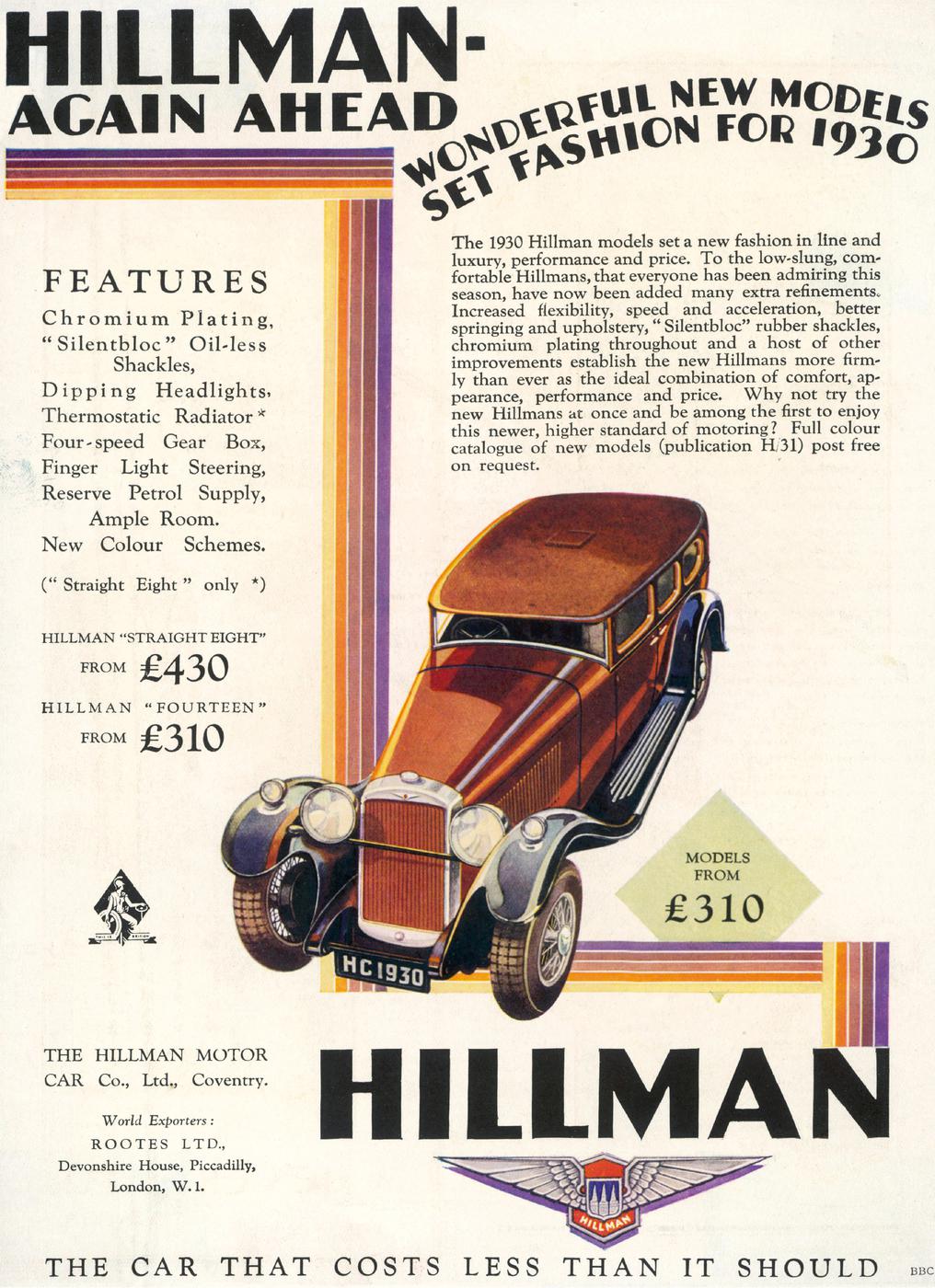
The new Hillmans for 1930 were the ideal combination of comfort, appearance, performance and price or so the companys advertising claimed.
The boom in cycle sales encouraged Starley and Hillman to set up their own bicycle manufacturing business in Coventry, and there they patented and built the Ariel, an all-metal penny-farthing or ordinary. A third partner joined them in 1871 and the company became Smith, Starley & Co., but William Hillman decided not to stay and left in December 1872.
The next we hear of him is in 1875, when he set up his own bicycle manufacturing company, Hillman & Herbert, with finance from William Henry Herbert, the brother of Alfred Herbert who founded the famous Coventry machine tool company.
Hillman & Herbert made penny-farthing cycles and also developed their own pioneering designs, including the 1884 Kangaroo, a sort of scaled-down penny-farthing with a gear-driven front wheel. Meanwhile, the company had taken on a third partner in 1880, becoming Hillman, Herbert & Cooper. In the later 1880s, they adopted the diamond-frame Safety cycle a design pioneered by James Starley, who had now become a hugely important figure in the Coventry cycle industry.
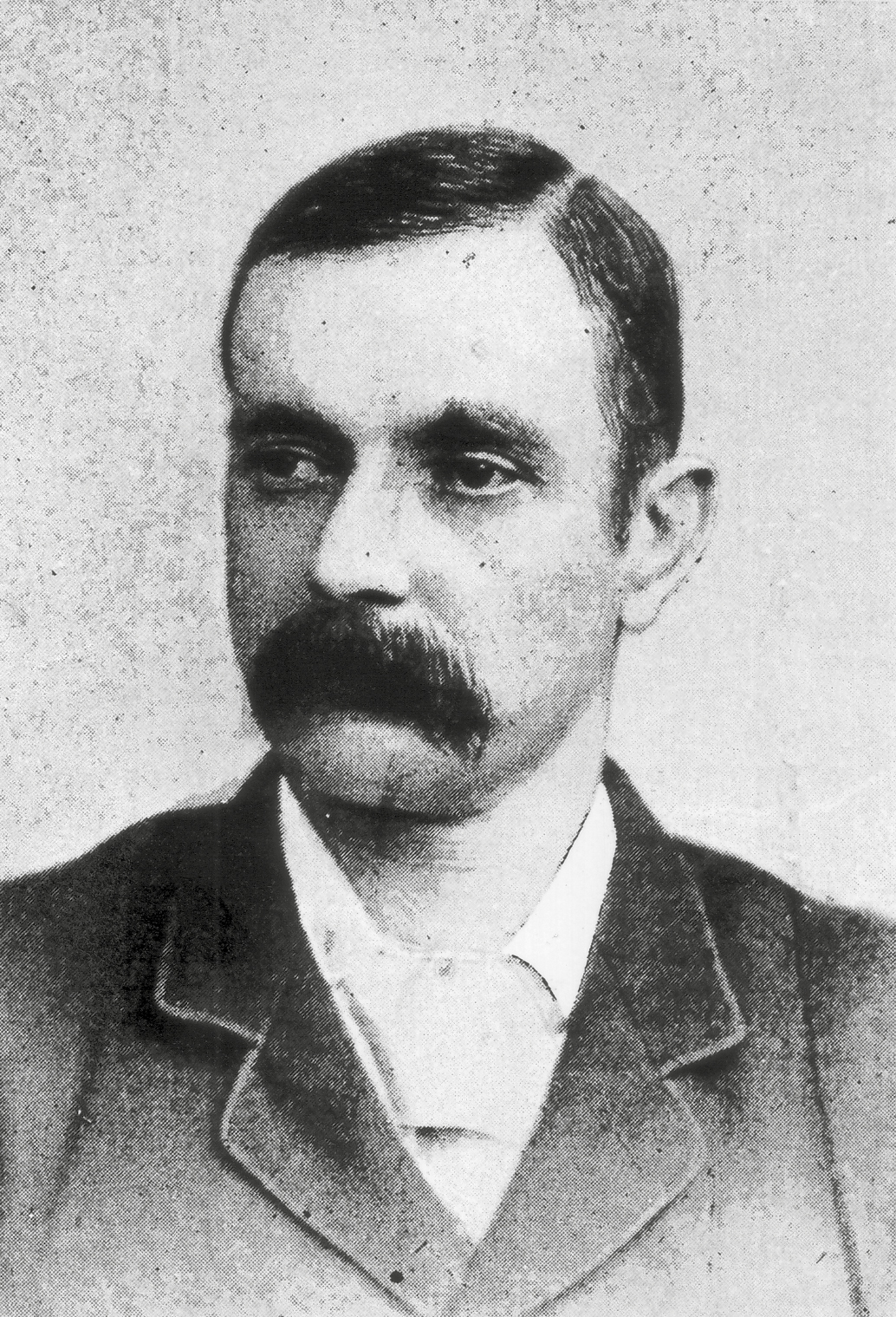
William Hillman turned to car manufacture after making his fortune in bicycles.
Revenue came from patents as well as sales, and Hillman set up more companies. In the early 1880s he founded the Sparkbrook Manufacturing Company to make Sparkbrook cycles. This was followed in 1887 by the Auto Machinery Company, which pioneered the mass production in Britain of ball and roller bearings. In 1891, Hillman, Herbert & Cooper was sold to the Premier Cycle Company, which was soon able to claim that it was the worlds largest manufacturer of cycles.
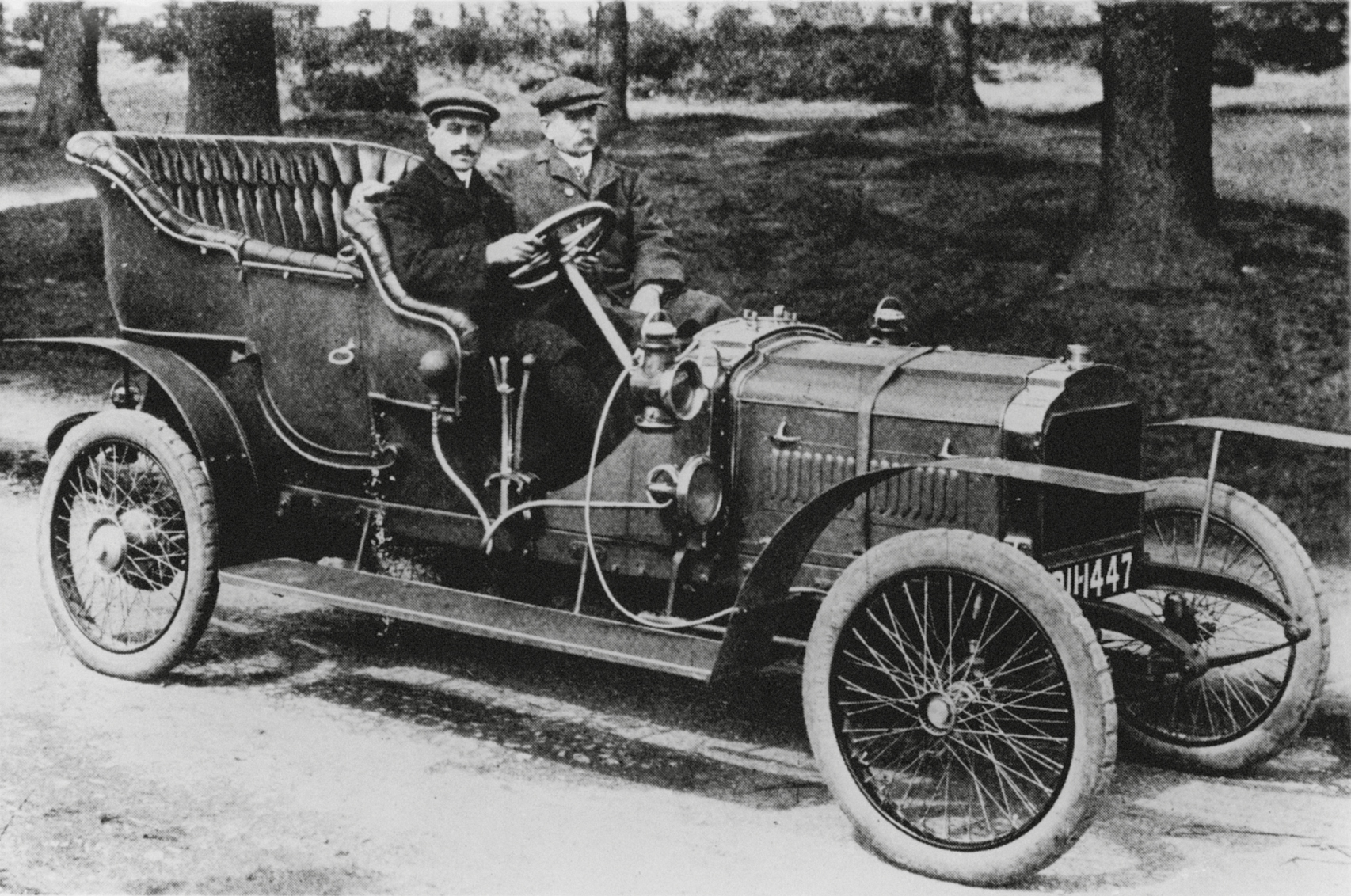
At the wheel of this 1907 Hillman is its designer, Louis Coatalen.
By the mid-1890s, Hillman had become a millionaire and was able to purchase a large and impressive property called Abingdon House at Stoke Aldermoor, near Coventry. But an easy retirement was clearly not his idea of enjoyment. By 1905 his interest in motor racing had led him to look at building his own car, and in 1907 he joined forces with Louis Coatalen, a French-born engineer who in 1901 had become the chief engineer of Humber, which had built its first motor car in 1898.
They established the Hillman-Coatalen Car Co. Ltd in Coventry, and brought to market a pair of large cars designed by Coatalen. Both had shaft drive and side-valve engines with separately cast cylinders. The 25hp model with its 6.4-litre four-cylinder engine was entered in the 1907 Tourist Trophy race; the other model was a 40hp six-cylinder with a 9654cc engine. Those figures of 25hp and 40hp, incidentally, reflect the RAC rating of the engine, which had nothing to do with the power output but was calculated by a formula based on the size of the cylinder bore. The larger the number, the more road tax the owner had to pay every year.
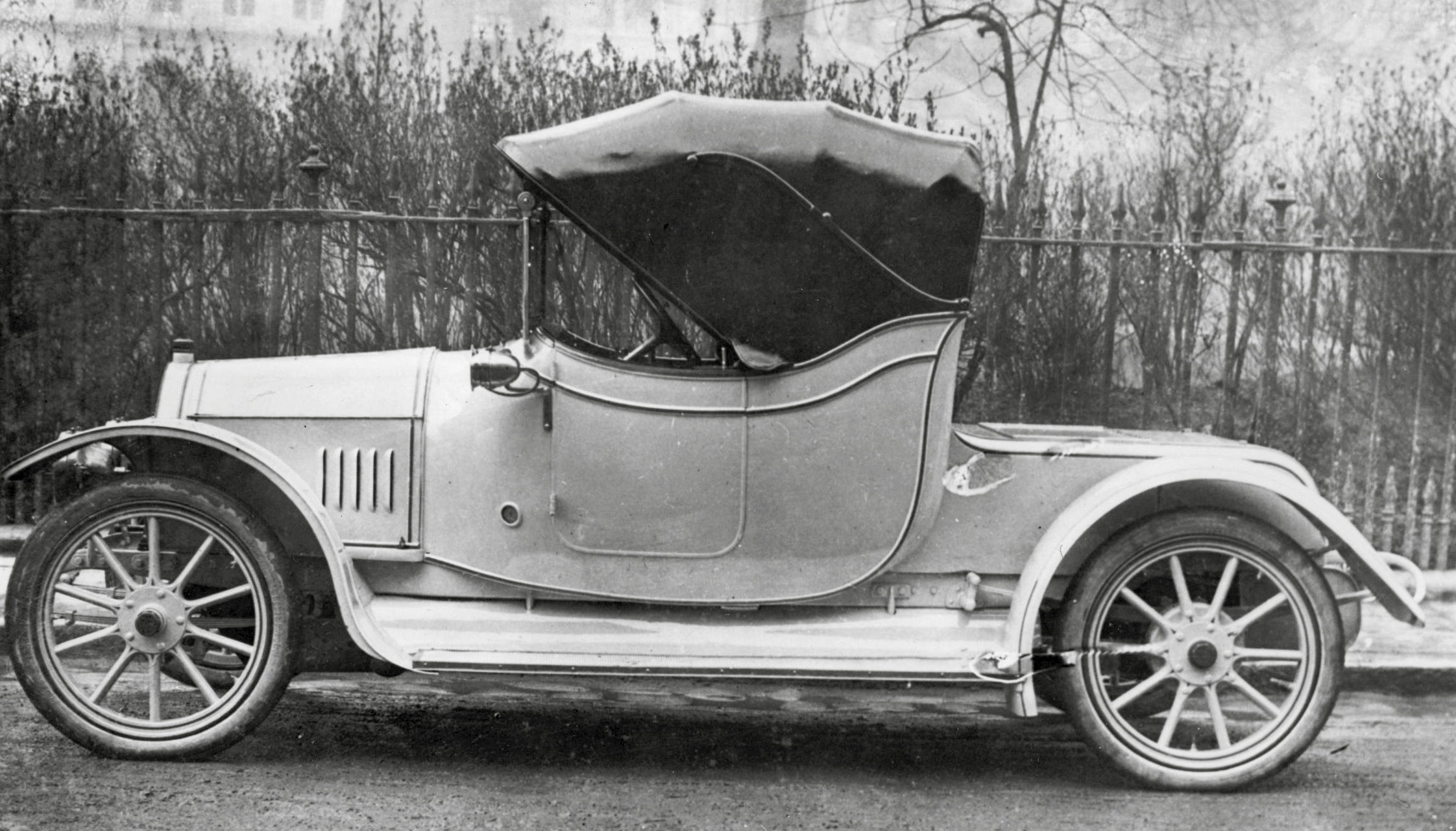
Dating from 1910, this is a Hillman 12/15hp model.
Production of these Hillman-Coatalen cars was only ever on a small scale, in a factory that Hillman had built in the grounds of his home at Stoke Aldermoor. Nevertheless, the radiator shape that would characterise Hillman cars for many years to come evolved during this period, along with the essential elements of the Hillman badge. In gratitude to the city where he had made his fortune, Hillman used as the background to his name an outline representation of the three famous spires of Coventry, belonging to St Michaels Cathedral, Christ Church and the Holy Trinity Church.
It was not long before Louis Coatalen saw an opportunity to join the Sunbeam company, and he did so in 1909. The following year, Hillman changed the name of his car company to the Hillman Motor Car Co. Ltd; he continued with the existing 25hp and 40hp cars, but started planning smaller cars for the future. There is some doubt about when these were introduced, but the 1.8-litre twin-cylinder and 2-litre small six types made little impression. By contrast, a 9hp model designed by Hillmans works manager A.J. Dawson was a big success. Introduced in 1913, and powered by a monobloc four-cylinder side-valve engine of 1357cc, this was priced keenly at 200. In 1914 alone, 450 examples were built, and by the outbreak of the Great War Hillman had become one of Britains larger car manufacturers.
By the time the war was over, Dawson had moved on to found his own car company. Hillman updated the 9hp, enlarged its engine to make a 1593cc 11hp in 1919, and then reduced it to 1496cc for a 10hp Super Sports model designed to race in the popular 1.5-litre class. Among those who cut their teeth on one in the 1920s was the young Raymond Mays, who would become a guiding light behind both ERA and BRM.
But although Hillmans company was prospering, its founder was now an old man. He died in 1921, leaving six daughters but no sons to take over the business. Fortunately, he had also nurtured management talent, and two of his protgs now became joint Managing Directors of Hillman. Both John Black and Spencer Wilks had married a Hillman daughter, and both would go on to have shining careers in the motor industry.
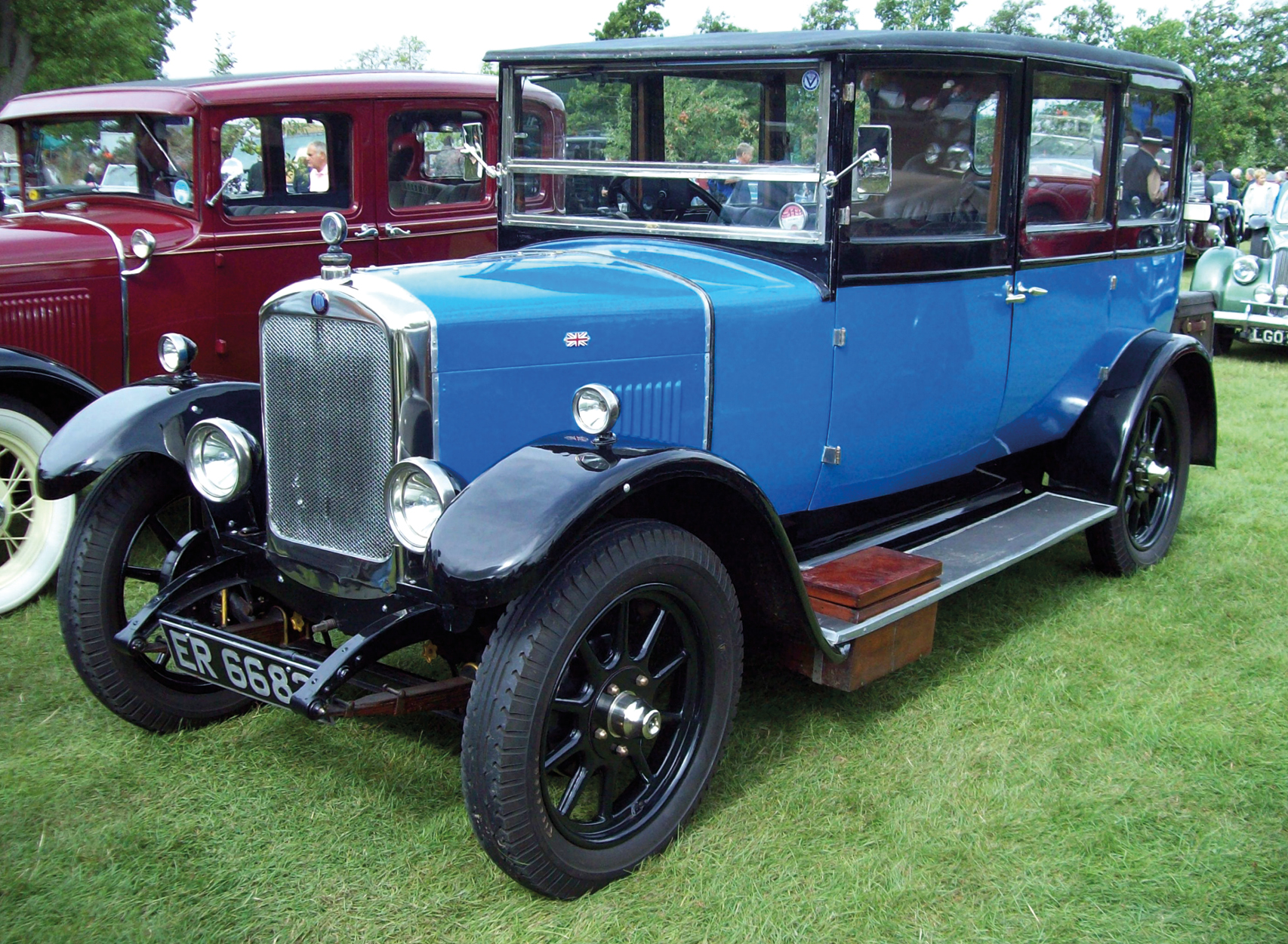
The Hillman Fourteen was a success for the company in the 1920s. This 1926 saloon was typical of the breed.
They began by ensuring the future of the Hillman company. From 1923, Hillman was building its 1496cc and 1523cc engines for Clyno, as well as for its own cars. Then, in September 1925, Black and Wilks introduced a new model called the Hillman Fourteen, which substantially increased Hillmans share of the market and sold a claimed 1,500 examples in its first year.
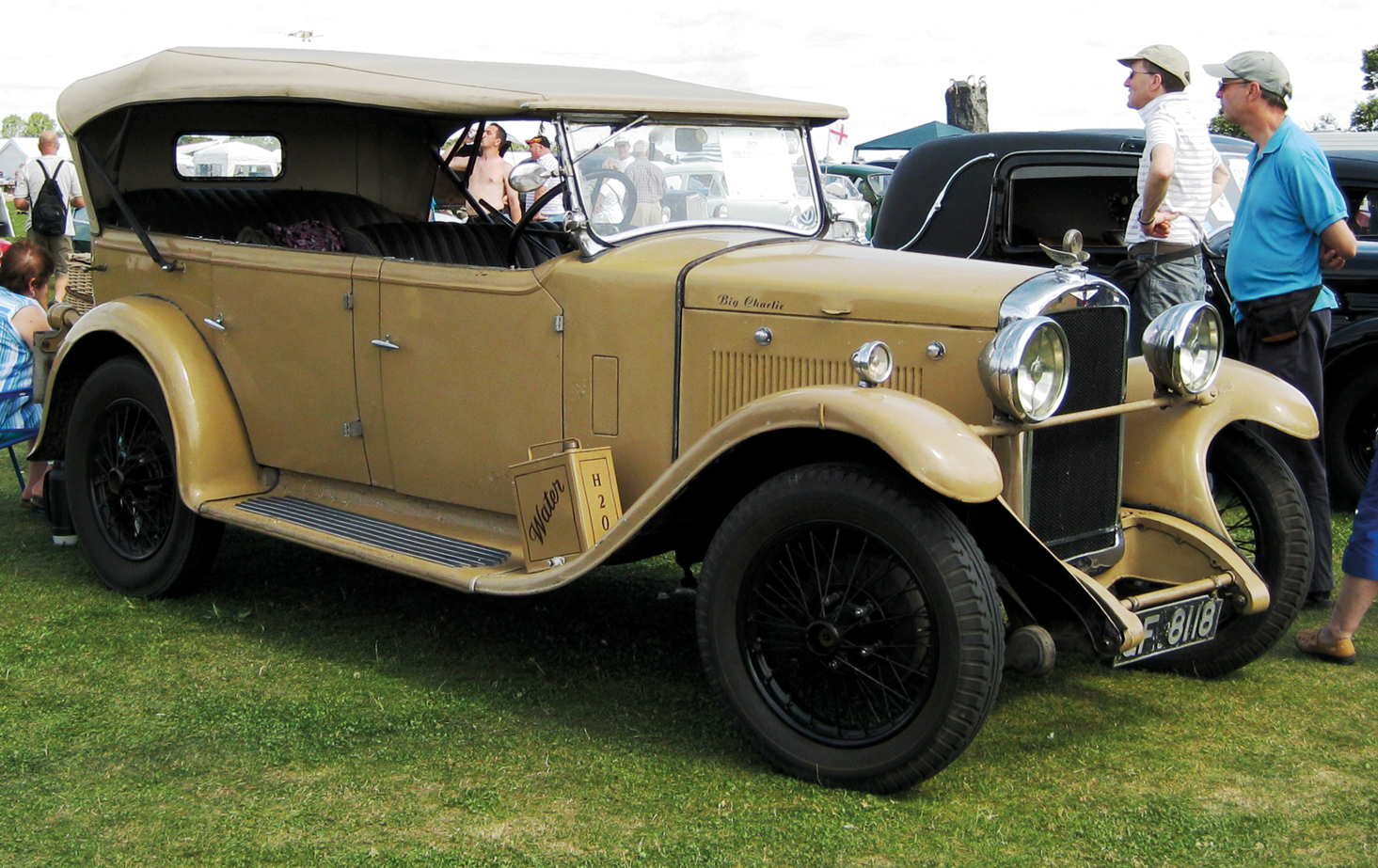
Open bodies were still popular in the 1920s, and this Torpedo Tourer on the Fourteen chassis dates from 1929.
Though conventional, with a 1954cc side-valve engine, magneto ignition and four-speed gearbox, the Fourteen was keenly priced. It was promoted as the car that costs less than it should, and at 345 in saloon form it was a considerable bargain. Build quality was high, equipment better than average, and there were cable-operated brakes on all four wheels (many cars still had two-wheel brakes), with the unusual option of vacuum servo assistance. The saloon was accompanied by coup and fabric-bodied tourer models (the latter called a Hillman Husky), and to meet demand Black and Wilks oversaw the building of a much-enlarged factory in 1927, which would allow 4,000 examples of an improved Fourteen to be built during 1928.

